Large-scale restoration of resilient ecosystems




.webp)
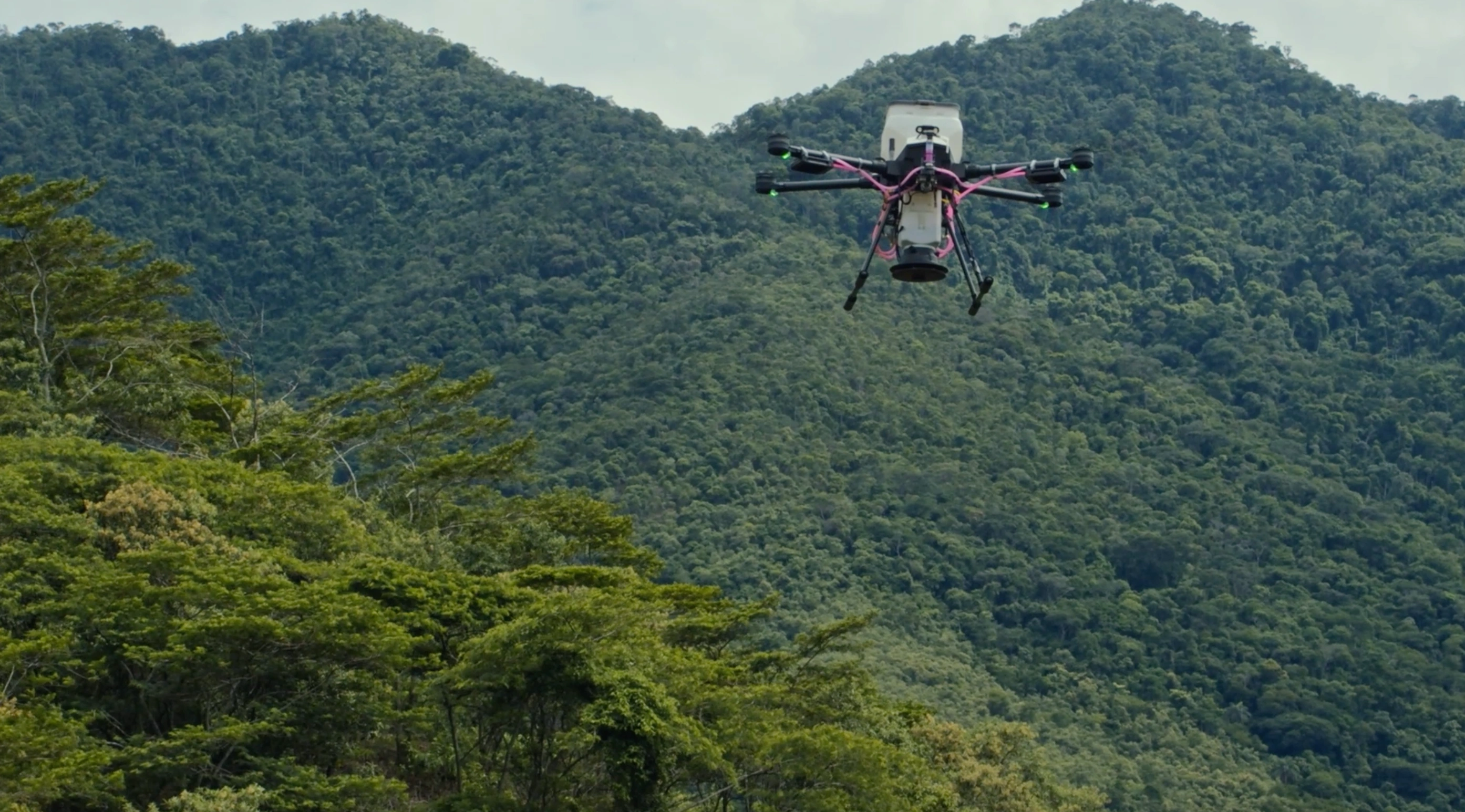
WE ARE RESTORATION experts
We don't just plant trees.
We restore forest ecosystems
designed to last for centuries.
24 ongoing projects
2000 hectares under management

SUCCESSFUL RESTORATION in 3 STEPS
MORFO restore large-scale tropical forests with audit-ready plans, operations, and monitoring that ensure regulatory, ESG, and carbon compliance.



Science-BASED
& NATURE-ORIENTED
Restoring soil and forests at scale always starts with practical, high-impact, and cost-efficient solutions

RESTORATION guided by strategic research programs
MORFO is a science-based company developing cutting-edge innovation combining microbiological, agronomic, botanical and forestry knowledge. This R&D is continuously carried out in our different laboratories across Europe and Brazil.

next-generation AI tools to track and monitor forest restoration
AI is essential for tracking forest growth from the first days and throughout their entire lifecycle, even across vast areas. MORFO has developed in-house tools that provide precise and unprecedented transparency in assessing forest restoration.
.webp)
BIODIVERSITY-RICH PROJECTS FOR MAXIMUM RESILIENCE AND CARBON SEQUESTRATION
Single-species reforestation may seem quick and easy, but it has many drawbacks. At MORFO, we plant an average of 20 native species per project to promote ecological balance and long-term success.
.webp)
EMPOWERING LOCAL COMMUNITIES AND CREATING SOCIAL BENEFITS
Human intervention is crucial in every project's stage, from terrain analysis and species selection to planting and monitoring. MORFO involves local players in seed collection, soil preparation, and monitoring, fostering ownership and sustainability.
projects
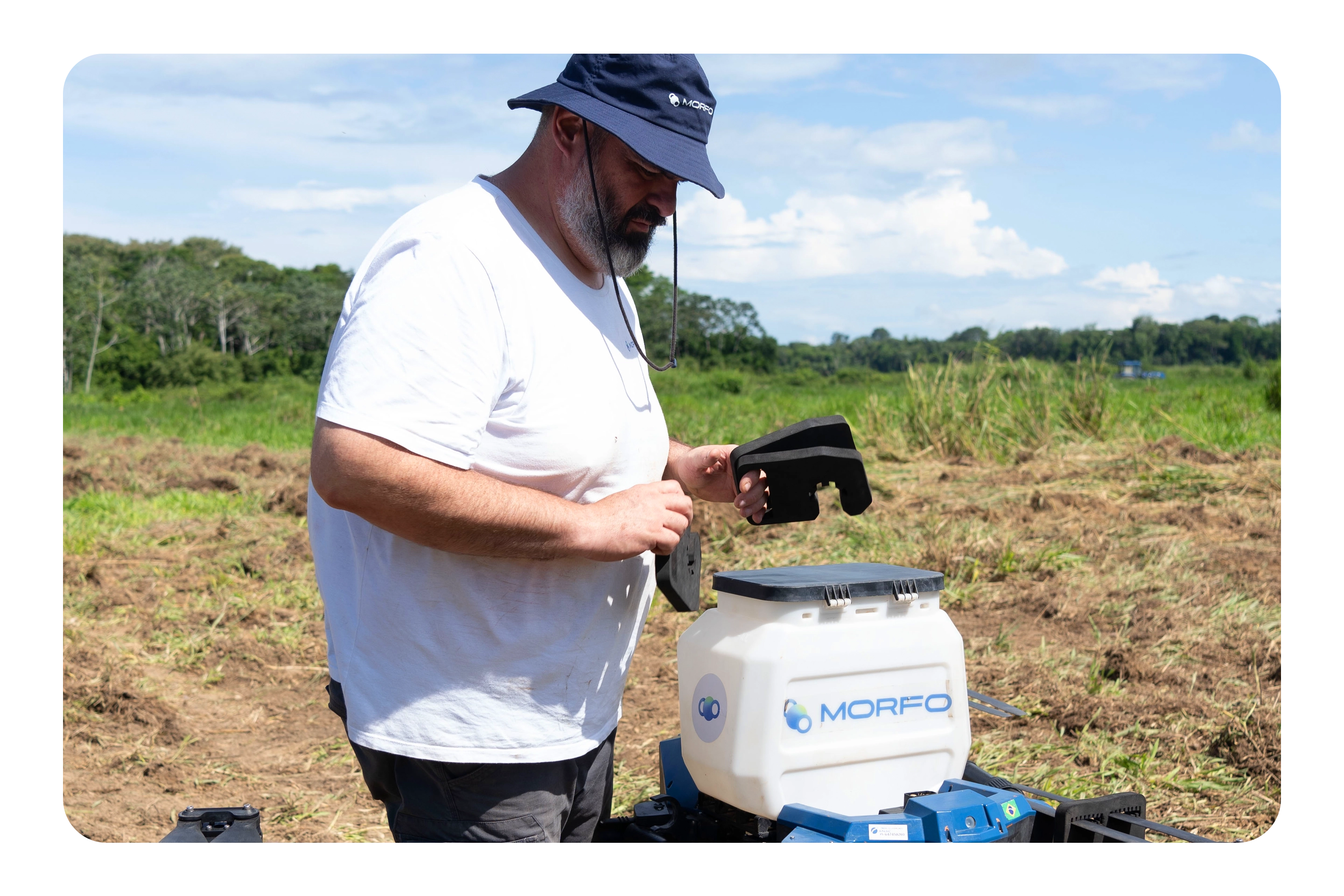
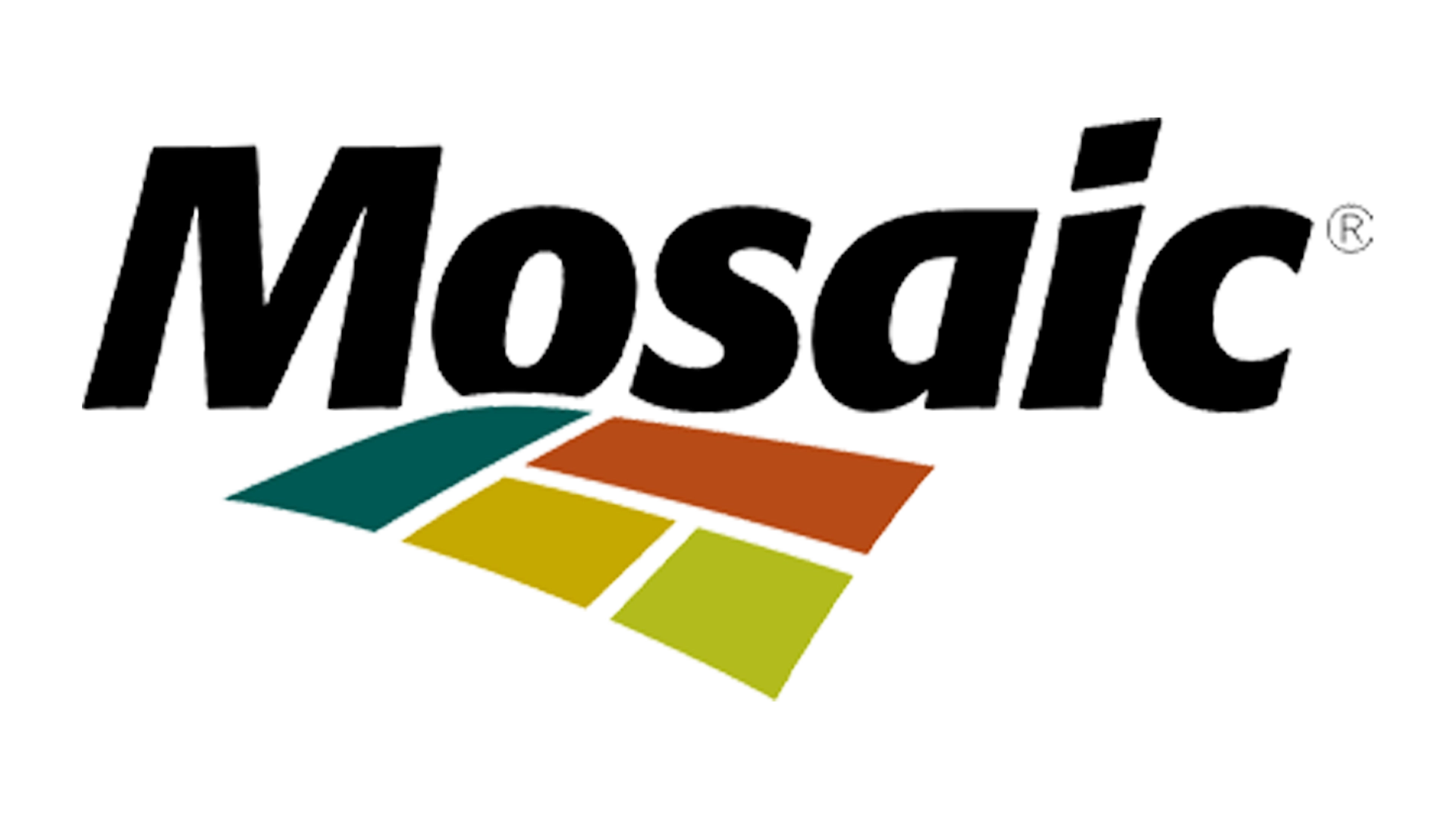
After MORFO prepared and submitted a PRAD (Plan for the Recovery of Degraded Areas) that was approved by environmental authorities, Mosaic entrusted MORFO with the implementation of the restoration program at the Tapira Mining Complex. The project focuses on compensating for the impact on four threatened tree species, combining drone seeding, biodegradable seed capsules, and continuous monitoring. Running until 2028, this initiative reflects Mosaic’s long-term commitment to biodiversity and ecological restoration in Brazil.
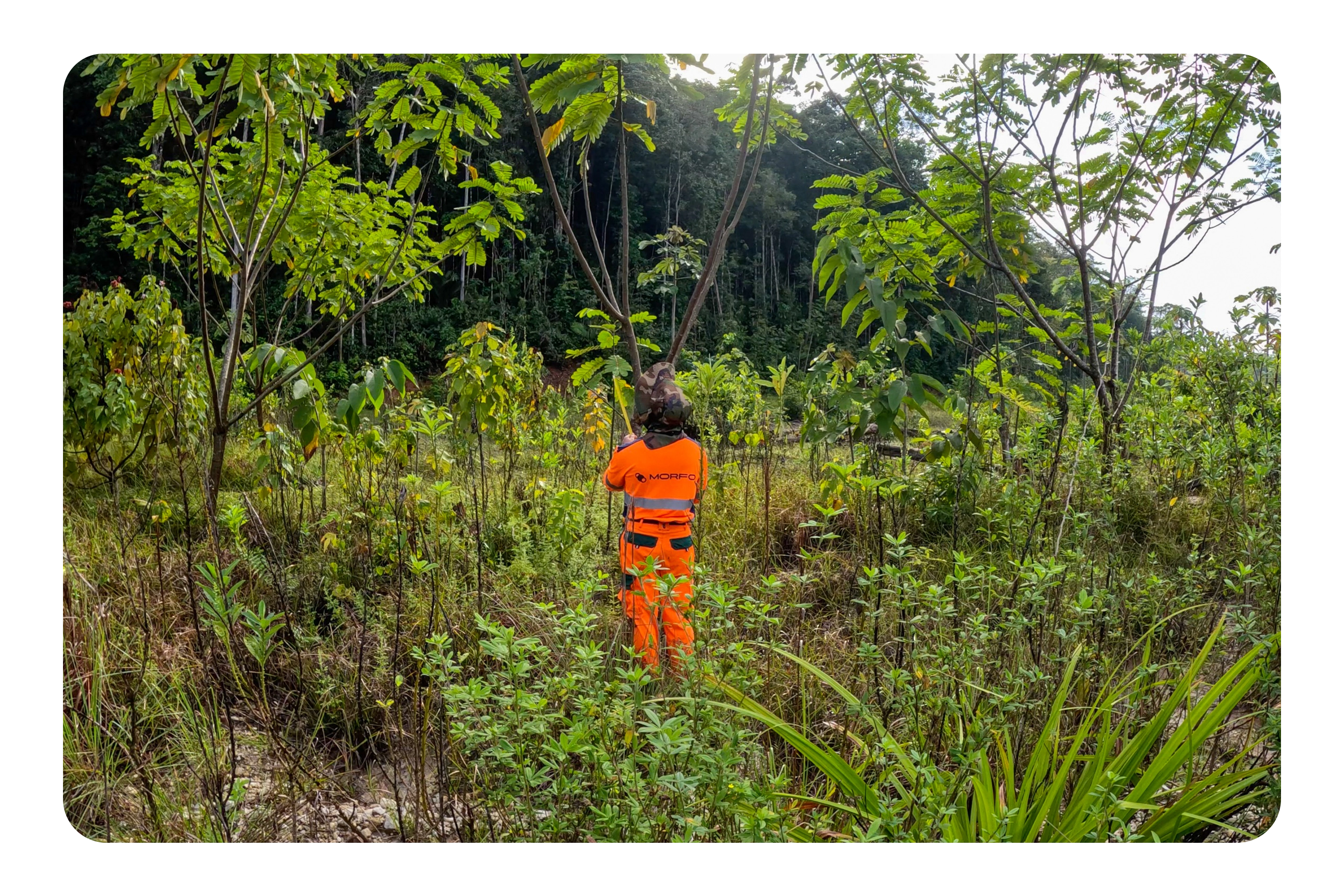

At a former gold mining site in Crique Korossibo, MORFO is restoring Amazon rainforest using biodiversity-based techniques. Thanks to access to MORFO’s monitoring platform, the project was validated by environmental authorities in record time, reaching today 81% vegetation cover compared to less than 1% at the start. Initially covering 10 hectares, the project has now expanded to nearly 100 hectares. This partnership with Terre et Or demonstrates how technology can accelerate both forest recovery and regulatory approval.
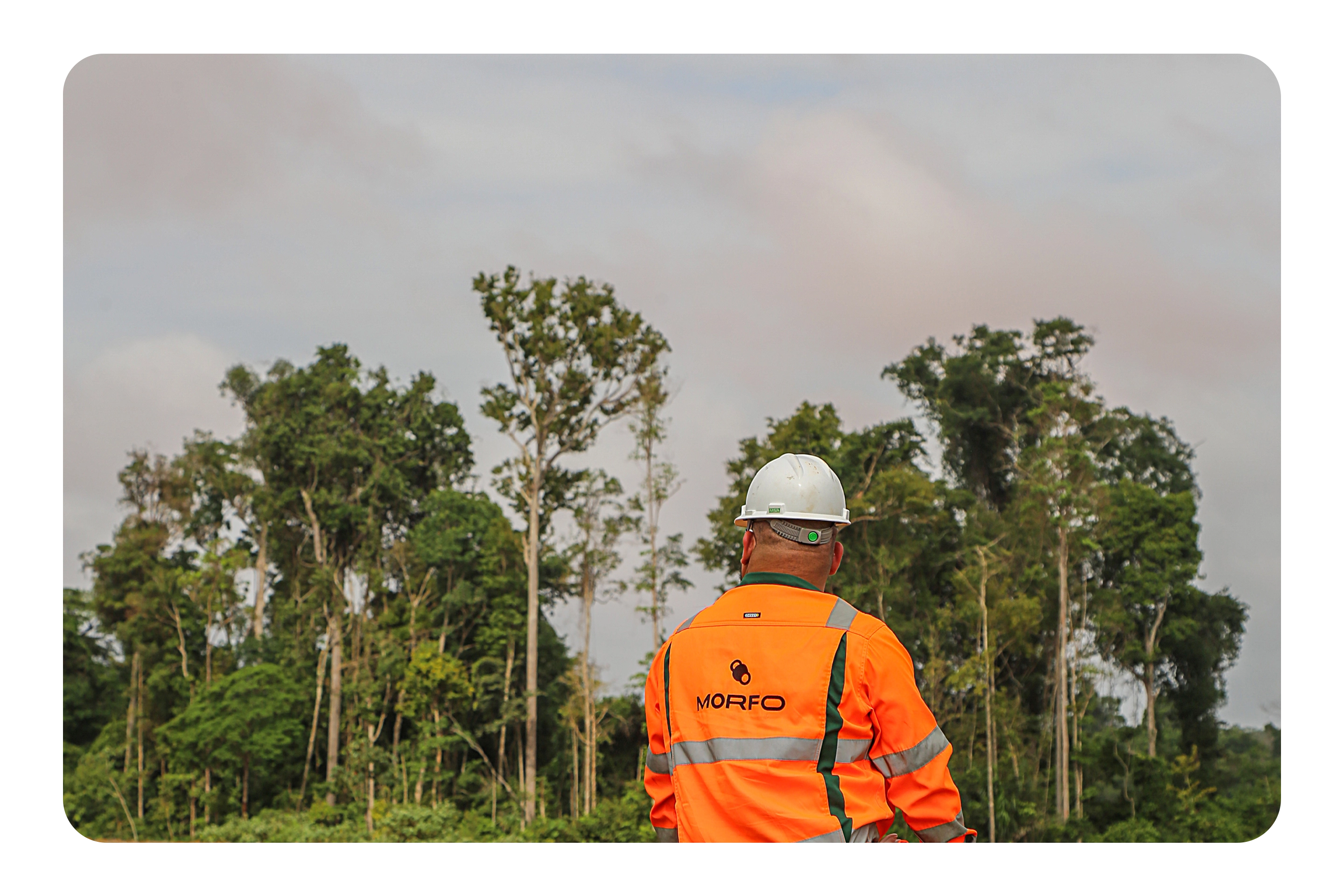

MORFO and Suzano are restoring Permanent Preservation Areas (APPs) in Brasilândia to accelerate forest regeneration and strengthen ecosystem resilience. This project is part of Suzano’s “Commitment to Renewing Life,” which aims to connect 500,000 hectares of the Cerrado, Atlantic Forest, and Amazon through ecological corridors by 2030. By combining innovative restoration techniques and native biodiversity, the initiative contributes to large-scale, lasting ecosystem recovery.
in the news
Discover some of our projects directly in the press.

%20(1).webp)
.webp)
%20(1).webp)
.webp)
.webp)
.webp)
%20(1)%20(1).webp)


.webp)


.webp)

%20(1).webp)
.webp)
.webp)
FREQUENTLY
ASKED
QUESTIONS
Through a science-based approach combining soil analysis, seedpods, AI, and drone technology to restore fertility and biodiversity.
Reforestation is not just about planting individual trees, but about creating complete plant ecosystems. Promoting plant species diversity in our restoration projects is one of MORFO's priorities.
We plant at least 20 local species per project that we select according to project characteristics from a catalog of over 300 species. This maximizes biodiversity and recreates natural ecosystems, also mimicking the stages of forest ecological succession.
Increased land value, carbon revenues, and improved yields from regenerated soils.
> Drones are more efficient
They plant up to 100 times faster than humans. A single drone can process a maximum of 50 hectares per day, planting 180 seedpods per minute.
> Drones cut costs
They are up to 5 times cheaper to use, thanks to their speed of planting, and because drone seeding avoids the need for structuring a nursery and maintaining it for several months.
> Drones are safer
They access remote regions and enable planting in areas that might be too dangerous for humans, which is very regularly the case in the reforestation projects we run.
> But our drones don't replace humans
From terrain analysis to species selection, planting and monitoring ecosystem evolution, human intervention remains crucial at every stage. Up to 20% of all our projects are carried out by hand in partnership with local communities and NGOs.
MORFO has offices and laboratories in Rio de Janeiro, Brazil and Montpellier, France.
We focus our forest ecosystem restoration efforts in tropical and subtropical zones, mainly in South America.

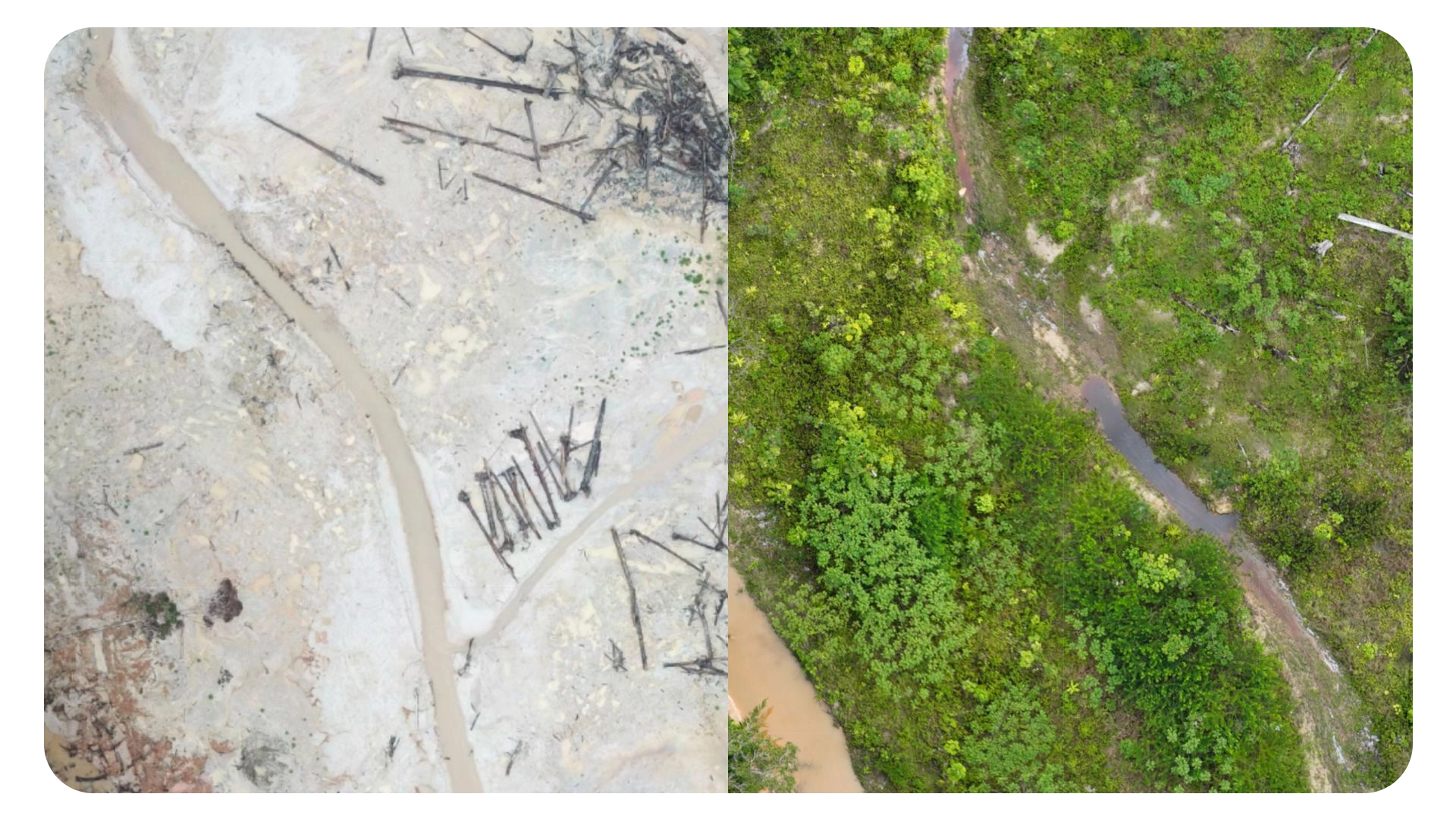

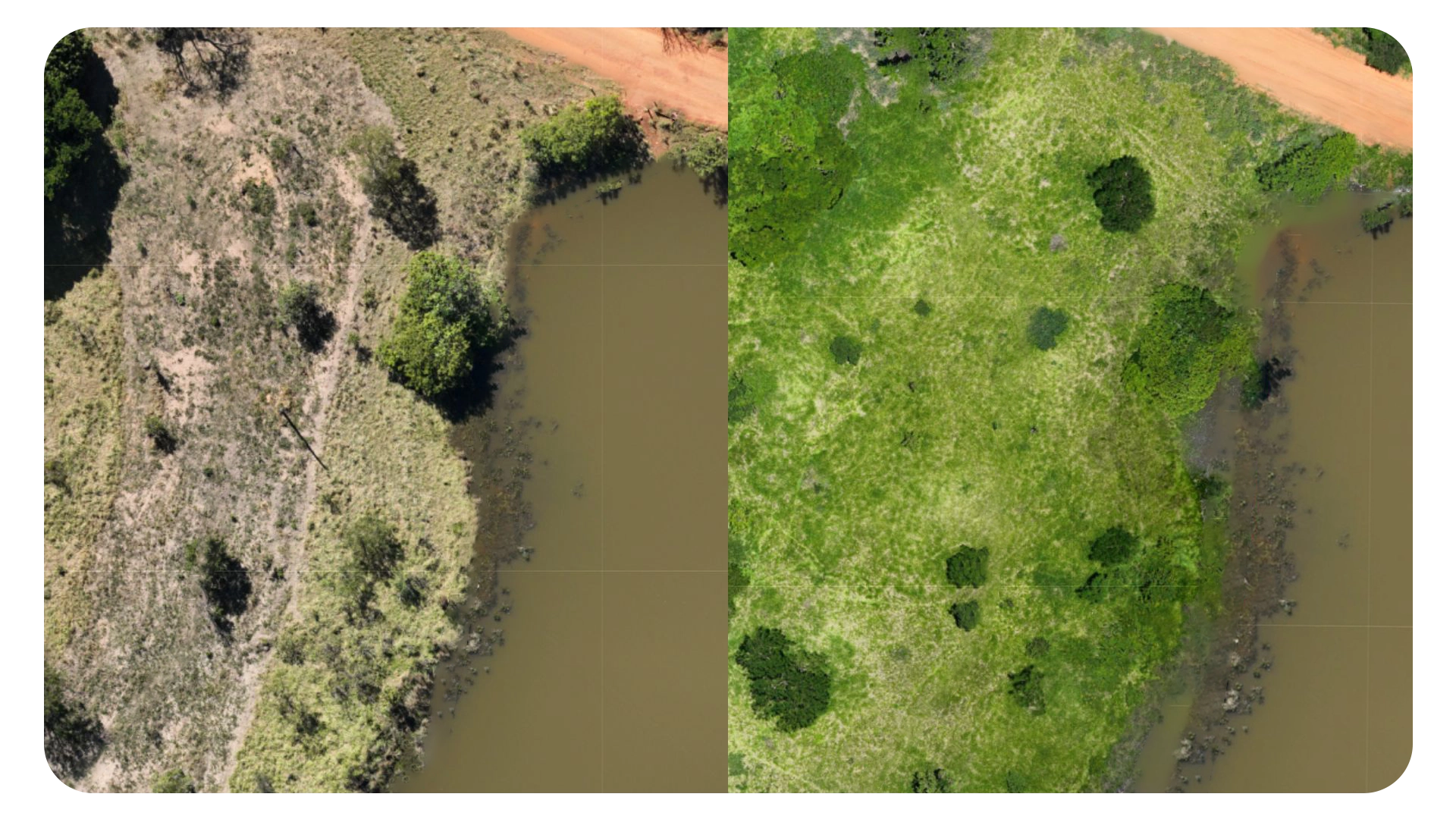
%2520(1).webp)

.png)
%2520(1)%2520(1).webp)